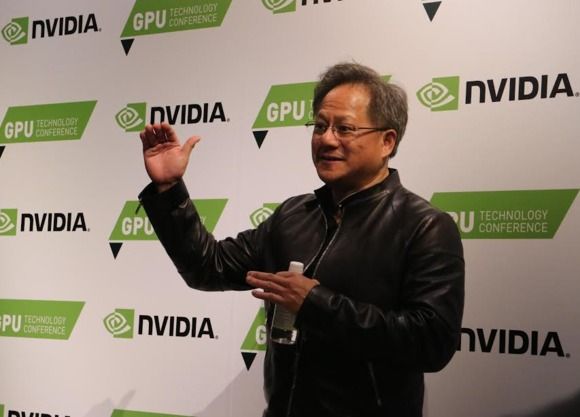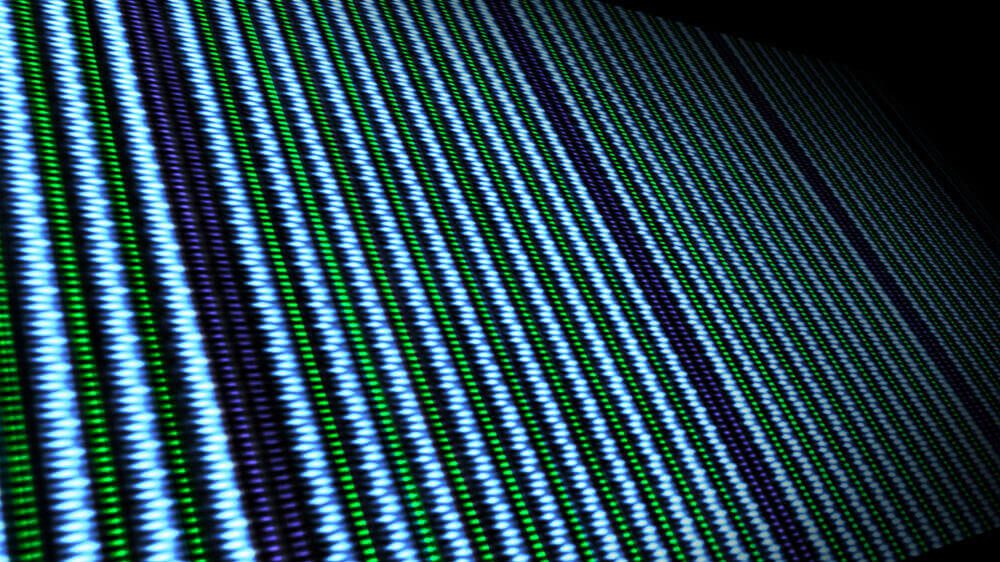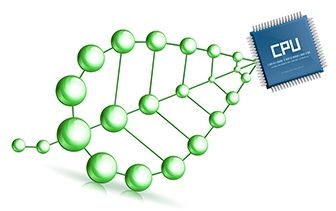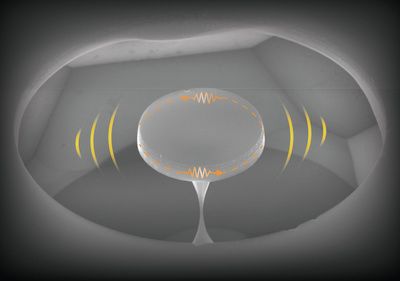Sep 24, 2016
Microsoft Will Treat Cancer Like Computer Virus, Vows To ‘Solve’ Cance Within 10 Years?
Posted by Karen Hurst in categories: biotech/medical, computing, genetics, neuroscience
Microsoft has announced to solve’ cancer within the next decade by ‘reprogramming’ diseased cells like computer virus.
Researchers were able to prevent the death of neurons that causes ALS by introducing a genetic mutation to prevent the SOD1 protein from clumping.
The growing resistance of Gonorrhea, alarmed the researchers.

















